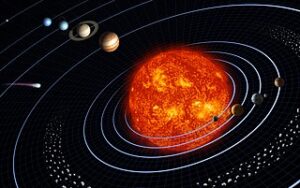
Solstice, the longest night of the year in the Northern Hemisphere, happens on December 21. In addition to being the longest night, December 21, 2020 is also the date of the Great Conjunction when Jupiter and Saturn will be so closely aligned that, providing the night is clear, you can go outside and see a point of light shining so distinctly you might identify it as a new star.
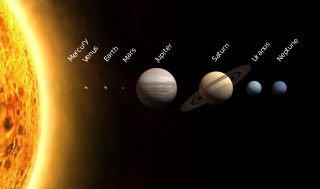
Jupiter and Saturn are actually separated by more than 400 million miles. It takes Jupiter 12 years to circle the sun, and Saturn needs 29 years to complete the cycle. But every twenty years, the two planets appear to meet. This year they will be 0.1 degree apart, visually less than the diameter of a full moon.
When Jupiter and Saturn’s orbits converge, astronomers call the event a Great Conjunction. The last time Jupiter and Saturn met in such close alignment was March 4, 1226. It’s worth going outside to view the event on December 21. It won’t happen again until March 15, 2080.
The Bethlehem Star
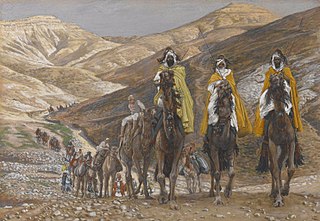
Before discussing the Star of Bethlehem, please note that Jesus probably wasn’t born in December. The church selected that date in order to replace a Roman festival observance.
According to the Gospel of Matthew, on the night Jesus was born a new star appeared in the heavens. The event may have been a Great Conjunction of the planets Jupiter and Venus.
The rare Conjunction attracted the attention of Three Magi —or Three Wise Men —or Three Kings — from the East. These wealthy men, later given the names Balthasar, Melchior, and Gaspar, decided to follow the star to see where it led.
The usual depiction of the wise men is a silhouette of three men riding camels with a bright star to lead them. But Tissot’s painting above is probably more accurate. Wealthy men travel in caravans.
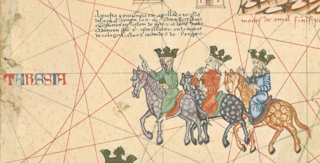
After about two years, the Magi arrived in Jerusalem, and visited King Herod’s court to find out where they could worship the new King of the Jews.
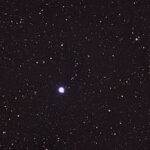
Leo I dwarf galaxy
Alternatively, as the astronomer Mark Tompson explains, the magi only traveled three months to reach Bethlehem. Thompson also offers an alternative account of celestial happenings. In the year 2 or 3 B.C.E., the planet Jupiter passed a bright star called Regulus, located in the constellation of Leo, three times due to the the earth’s orbit. Check out his theory in the short video below [with a diagram]
The story of the Wise Men’s journey to Bethlehem may have its roots in other traditions, such as an Iranian legend that there would be a new star to predict the birth of the ruler. Regardless of its source, the arrival of the Three Kings has become a Christmas tradition, and their journey is condensed to completion at the end of the Twelve Days of Christmas on January 6.
December Heavens
Holiday happenings are a part of history, but their commemoration isn’t always entirely accurate. We don’t know when Jesus was born. Nor do we know if there was a simultaneous Great Conjunction of planets. But we do know that Christians celebrate Jesus’s birth on December 25th.
And this year, we know there will be a Great Conjunction of Jupiter and Saturn to form a Christmas Star. In this year, of all years, it’s good to experience some heavenly amazement.
🌟🌟🌟
Illustrations
Painting of Solar System.
Plantets2008 by WP.
The Magi Journeying, c.1890. by James Tissot 1836-1902.
Three Wise Kings. Catalan Atlas. 1375.
Leo I dwarf galaxy by Oliver Stein.
Eric Betz. Jupiter and Saturn will form rare Christmas Star on Winter Solstice. Astronomy. Dec 7, 2020.

Sandra Wagner-Wright holds the doctoral degree in history and taught women’s and global history at the University of Hawai`i. Sandra travels for her research, most recently to Salem, Massachusetts, the setting of her new Salem Stories series. She also enjoys traveling for new experiences. Recent trips include Antarctica and a river cruise on the Rhine from Amsterdam to Basel.
Sandra particularly likes writing about strong women who make a difference. She lives in Hilo, Hawai`i with her family and writes a blog relating to history, travel, and the idiosyncrasies of life.


official website https://ssn.is